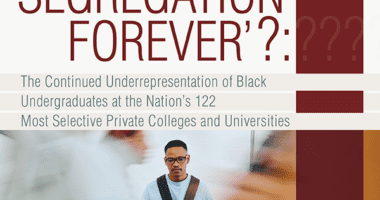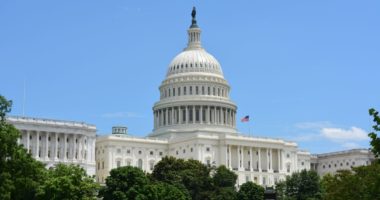Don’t Understate What Low-Income Students Pay for College
Recent news reports have implied that elite colleges are a bargain for low-income students — that the financial aid awarded to them reduces the total price to a manageable amount, even for our nation’s poorest students.
But these reports have missed one crucial point: Elite colleges enroll a small portion of undergraduate students and an even smaller portion of the nation’s low-income students. Roughly 4 in 10 full-time freshmen at four-year colleges receive Pell Grants, but there are more than 100 colleges that enroll less than 17 percent of Pell students in their freshman class. (And we already know there are more than enough qualified low-income students for elite colleges to choose from). While some have no-loan programs for low-income students, it’s hard to benefit from such generous financial aid if access to these colleges is limited.
If we look beyond this small sample of institutions, the data tell an entirely different story. By analyzing data from the National Postsecondary Student Aid Study, we see that the price of attending college for low-income students remains too high, relative to family resources — even after all grant and scholarship aid. A look at students’ net price as a percent of family income reveals:
- On average, a student from a family with a yearly income of up to $30,000 has to pay an amount equivalent to 66 percent of his family’s income to attend an in-state, public four-year college.
- To attend a four-year private, nonprofit college, it’s 79 percent.
- Even at public two-year colleges, which are often believed to be the most affordable option, low-income students pay an amount equal to 56 percent of their families’ income.
Elite colleges are really just a fraction of the picture, and many could certainly do more for low-income students. By only focusing on prices at the nation’s wealthy, elite colleges, these news reports simplify and underestimate the real financial barriers low-income students face nationally.










